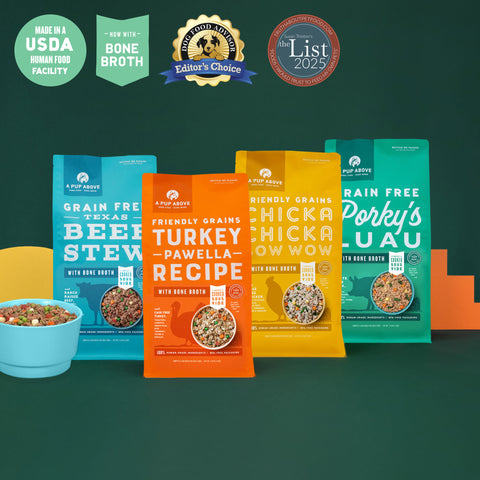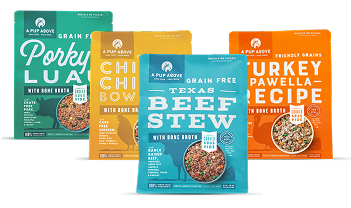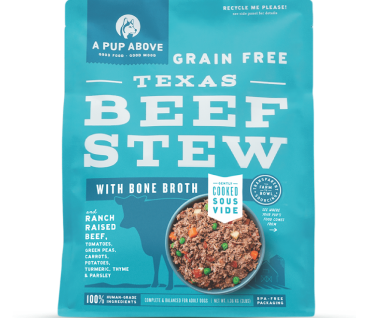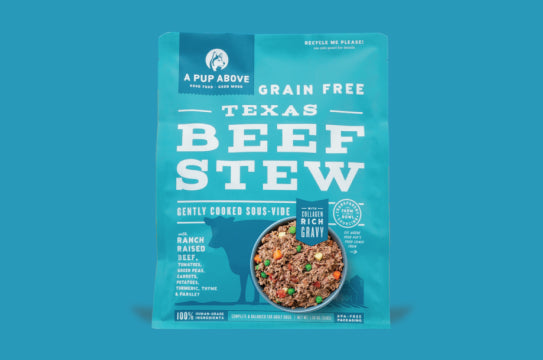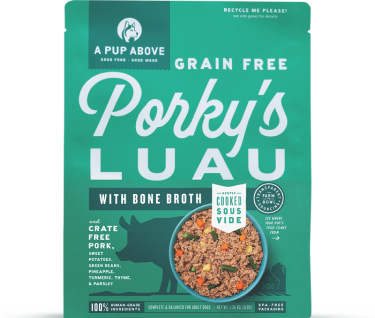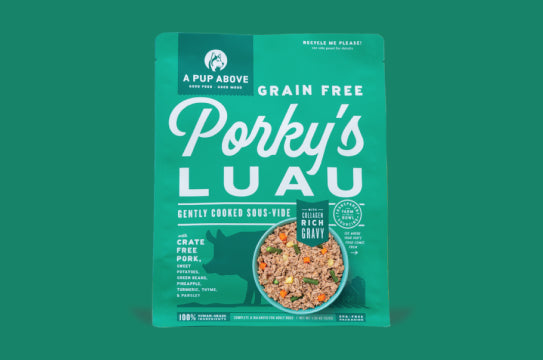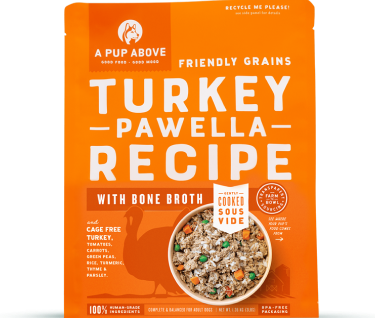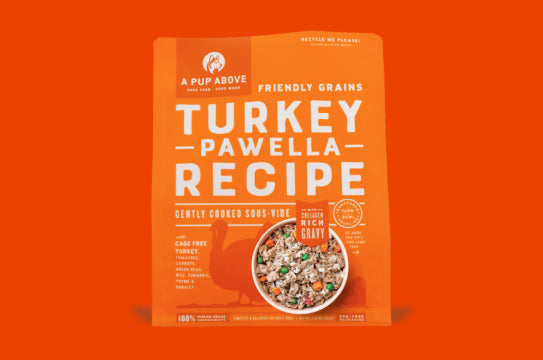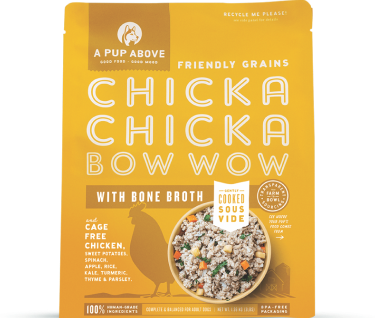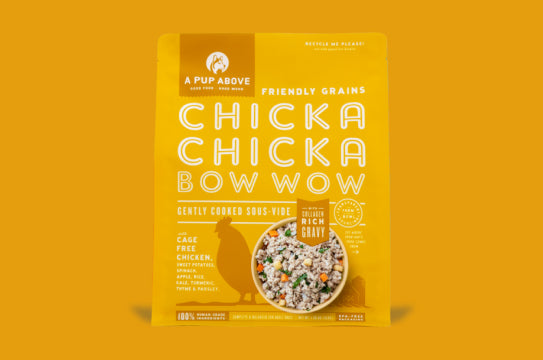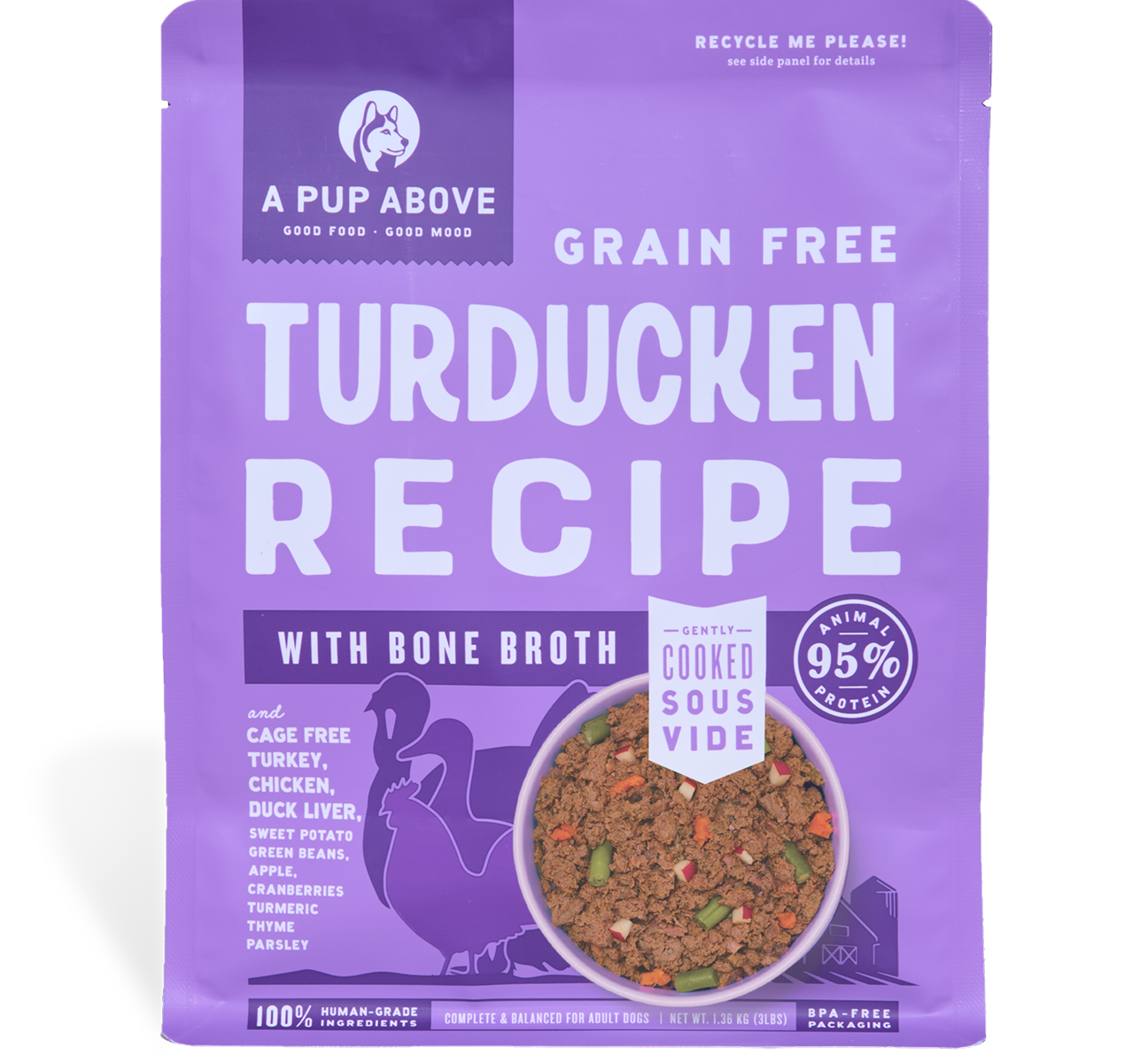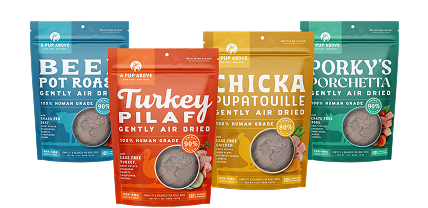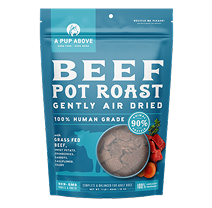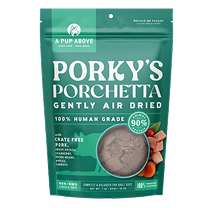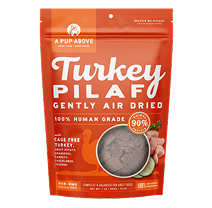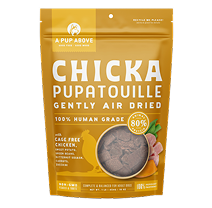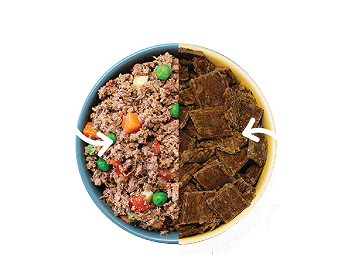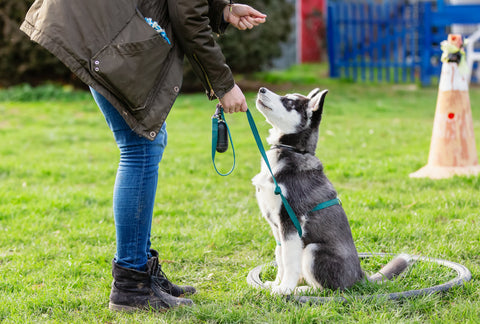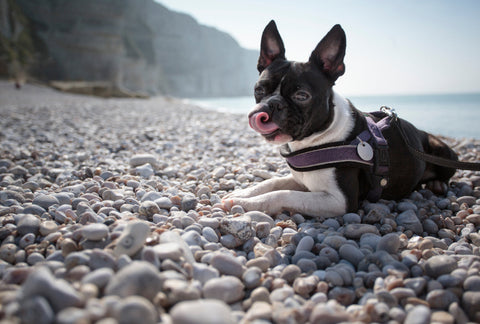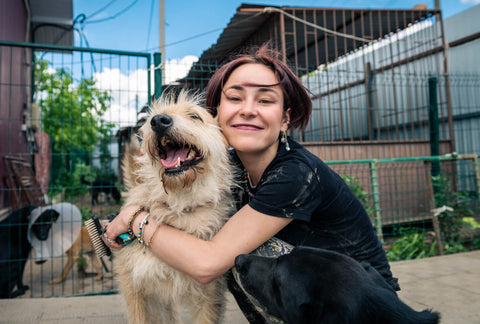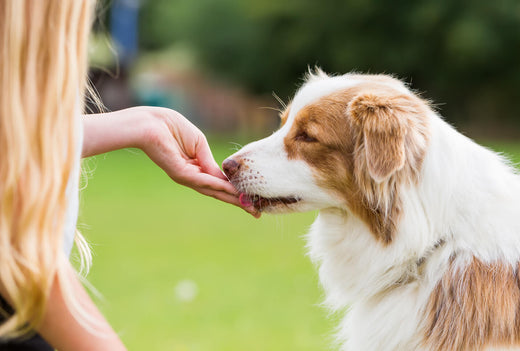
Why Is My Dog Not Eating His Food But Will Eat Treats?
Table of Contents
- How Do Dog Taste Buds Work?
- Is My Dog Bored?
- Medical Issues
- Treats: The Reinforcement Factor
- Behavioral Factors
- Training Gone Wrong
- Environmental Distractions
- Should I Use a Feeding Schedule for My Dog?
- Temperature and Texture
- Human Food Looks Better
- How Can I Get My Dog To Eat Their Food?
- How Long Will a Picky Dog Go Without Eating?
- A Final Word
We've all been there, scratching our heads and wondering why our furry friends suddenly turn their noses up at their perfectly good food while eagerly gobbling down treats like there's no tomorrow. It's a perplexing situation that can leave us feeling confused and worried about our pooch's well-being. But fear not, dear pup parents!
In this article, we will dive into the fascinating world of doggy taste buds, explore why your canine companion might be snubbing their food, and offer some practical tips to get those kibbles disappearing from the bowl.
How Do Dog Taste Buds Work?
To understand why your dog might be a picky eater when it comes to their regular food but happily chows down on treats, we must take a closer look at their taste buds. Dogs have about one-sixth the number of taste buds humans do, so their sense of taste is not as refined as ours.
While humans have diverse taste receptors to detect sweet, salty, sour, and bitter flavors, dogs have a more limited palate. They primarily rely on their sense of smell to determine the tastiness of their food. So, it's no wonder they're often more enticed by the aromatic goodness of treats than their regular food.
Is My Dog Bored?
Just like us, dogs can get bored with the same old routine. Imagine having to eat the same meal every day — no matter how delicious it is, it can become monotonous. Dogs are no different.
If you've been feeding your furry friend the same brand and flavor of food for an extended period, they might simply be longing for a change. Introducing some variety into their diet can reignite their interest in mealtime.
Experiment with different flavors like Beef Stew, Turkey Pawella, Chicka Chicka Bow Wow, and Porky’s Luau, or consider adding a bit of tasty, dog-friendly topper to their food — and let the feast begin!
Medical Issues
Sometimes, a dog's lack of appetite can indicate an underlying health problem. Dental issues, gastrointestinal troubles, or even pain can make eating a less enjoyable experience for our canine pals.
If your dog's refusal to eat persists or is accompanied by other concerning symptoms like weight loss, vomiting, or diarrhea, it's essential to consult with your veterinarian. They can conduct a thorough examination and determine whether any medical issues are causing your dog's selective eating habits.
Treats: The Reinforcement Factor
Treats are not just tasty snacks for dogs; they're also associated with positive reinforcement and rewards. When you treat your furry friend, he associates it with good behavior or a special occasion.
As a result, treats hold a higher value in your dog's mind. It's like being offered a piece of cake after completing a challenging task — it feels rewarding.
This psychological factor can contribute to your dog's preference for treats over regular food. They see treats as something special and exciting, while their regular meals become mundane in comparison.
Behavioral Factors
Dogs are intelligent creatures, and sometimes their refusal to eat can be linked to behavioral issues. If your dog is anxious, stressed, or experiencing a change in his environment, they might lose interest in food.
Our four-legged pals are sensitive beings, and any disruption in their routine can affect their appetite. It's crucial to create a calm and secure environment for your pup and address any potential stressors that might be causing their reluctance to eat.
Training Gone Wrong
Sometimes, our well-meaning efforts to train our dogs can inadvertently impact their eating habits. For instance, if you've been using treats excessively during training sessions, your dog might start associating food only with rewards and treats. This can make their regular meals seem less appealing.
To overcome this, it's important to strike a balance between treats and regular food. Gradually decrease the frequency and size of training treats while ensuring your dog still receives praise and affection for good behavior during mealtime.
Environmental Distractions
Imagine trying to enjoy a meal while surrounded by chaos and commotion — it's not exactly appetizing, right? Well, the same goes for our furry friends.
Dogs thrive in a calm and peaceful environment, especially when it's time to eat. If your dog's feeding area is in a noisy or high-traffic part of the house, it may hinder their ability to focus on food.
Consider relocating his food bowl to a quieter spot to create a serene dining atmosphere. Choose an area away from loud appliances, barking dogs, or energetic children. This will help your pup feel more relaxed and comfortable during mealtime.
You can also try using a designated feeding station, such as a quiet corner of the kitchen or a dedicated feeding area, to create a sense of routine and calmness.
Should I Use a Feeding Schedule for My Dog?
Ah, the magical power of schedules and routines. Dogs absolutely thrive when having a predictable routine in their lives. It's like having their own personal assistant, but instead of scheduling meetings and sending emails, they get to enjoy a well-regulated mealtime.
If your furry friend is not eating their food but will happily devour treats, it could be because their feeding schedule is all over the place. Maybe you've been serving dinner at different times every day, or perhaps you've accidentally fallen into the habit of free-feeding.
To get your pup back on track, establish a fixed feeding schedule and stick to it. Dogs love routine and knowing exactly when it's time to dig in. Trust us; they have internal food alarms that are more accurate than the fanciest smartwatches out there.
Temperature and Texture
If you've observed that your furry friend is not interested in their regular meals but eagerly devours treats, it could be because they prefer a certain temperature or texture. Some dogs may enjoy their food warmer or chilled, so it's worth experimenting to find the right temperature that piques their interest.
The texture is another important consideration. While some dogs enjoy the crunchiness of kibble, others may prefer the softer and moist texture of wet food. By understanding your dog's texture preferences, you can tailor their meals to their liking.
Human Food Looks Better
Sometimes, our furry friends are simply convinced that our meals are far superior to their balanced and healthy dinners. The enticing aroma wafting from your plate might be too much for them to resist, even though they know it contains ingredients unsuitable for their sensitive tummies.
So, they resort to a strategic plan: holding off on eating their food in the hopes you'll eventually succumb to their adorable pleading eyes and toss them some irresistible table scraps.
Dogs have a remarkable knack for manipulating our emotions with their big puppy dog eyes, tugging at our heartstrings, and making it hard to resist their pleas for a taste of our meals. But don't be fooled — that's precisely the outcome they're aiming for.
If your pup isn’t eating their food, it's important to be mindful of this tactic and remain committed to providing your dog with a balanced and nutritious diet tailored to their specific nutritional needs. While it can be tempting to give in to their longing gazes, it's crucial for their long-term health and well-being to consume appropriate food designed for their canine bodies.
How Can I Get My Dog To Eat Their Food?
Here are some general tips to help instill proper eating habits in your pup:
1. Establish a Feeding Routine
As mentioned earlier, dogs thrive on routine. Set a consistent feeding schedule and stick to it. This will help regulate their appetite and create a sense of structure around mealtime.
2. Limit Treats and Table Scraps
While treats can be used for training and rewards, it's important not to overdo it. Excessive treats and table scraps can lead to a picky eater and an unbalanced diet. Reserve treats for special occasions or as occasional rewards.
3. Avoid Feeding from the Table
It's tempting to share our meals with our furry friends, but feeding them directly from the table can encourage begging and reinforce their preference for human food. Instead, provide them with their own designated eating area and stick to their own food.
4. Use Puzzle Toys and Food Dispensers
Engage your dog's natural instinct to forage and hunt for food by using puzzle toys or food dispensers. These interactive toys can make mealtime more enjoyable and mentally stimulating for your pup.
5. Avoid Free-Feeding
Free feeding, where food is available to your dog at all times, can disrupt their eating patterns and lead to picky eating habits. Instead, provide measured portions during designated meal times to encourage healthy eating habits.
6. Monitor Food Storage
Ensure you're storing your dog's food properly to maintain its freshness and palatability. Close food bags tightly, store them in a cool, dry place, and check for expiration dates. Spoiled or stale food may deter your dog from eating.
7. Choose Fresh Dog Food
One way to entice your dog to eat their food is by offering fresh dog food. Fresh dog food is made from high-quality ingredients that are minimally processed and free from artificial preservatives, colors, and flavors.
While you can always make your own at home, we recommend checking out our tasty human-grade recipes here at A Pup Above. Whether your pup is a fan of pork, turkey, beef, or chicken, you can count on us to provide delicious and nutritious options that will make mealtime exciting for your dog.
How Long Will a Picky Dog Go Without Eating?
The duration a picky dog can go without eating can vary depending on various factors, including the individual dog's health, age, and overall temperament. Generally, a healthy dog can go without eating for a day or two without significant consequences.
However, it's important to closely monitor your dog's behavior and consult with a veterinarian if the refusal to eat persists or is accompanied by other concerning symptoms.
If your dog's picky eating habits continue for an extended period, it's essential to address the underlying cause and ensure they receive proper nutrition. Prolonged periods of not eating can lead to weight loss, nutrient deficiencies, and other health complications, so it's important to intervene and find a solution.
Is your pup consistently refusing to eat or displaying signs of distress? Seek veterinary advice promptly. A veterinarian can examine your dog, rule out any underlying medical conditions, and provide guidance on how to encourage your picky eater to consume their food.
Remember, each dog is unique, and their individual circumstances may influence how long they can go without eating. The key is to closely monitor their behavior, consult with professionals when needed, and take appropriate measures to ensure their health and well-being.
A Final Word
It can be challenging to accommodate a picky eater, but by taking the time to understand their behaviors and preferences, you can make mealtime an enjoyable experience for both of you.
Try out these tips and look for alternative ways to entice your pup to eat their food. With consistency, patience, and A Pup Above, you can help your pup make the switch from treats to their regular meals. Good luck!
Sources:
Can Dogs Taste? | American Kennel Club
How To Tell If Your Dog Is Stressed: Body Language And Warning Signs | AKC
Why Is My Dog a Picky Eater? | American Kennel Club
Free Feeding vs. Scheduled Feeding: Which is Better for Your Dog? | BAY WOOF
Top Stories
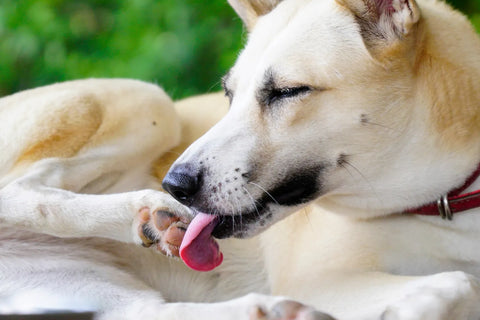
Why Do Dogs Lick Their Paws?

Why Do Dogs Whimper & Make Noises in Their Sleep?
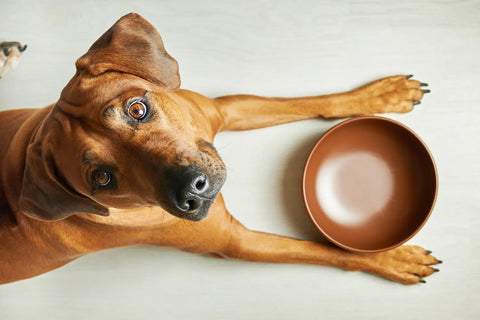
Healthy Vet-Approved Homemade Dog Food Recipes
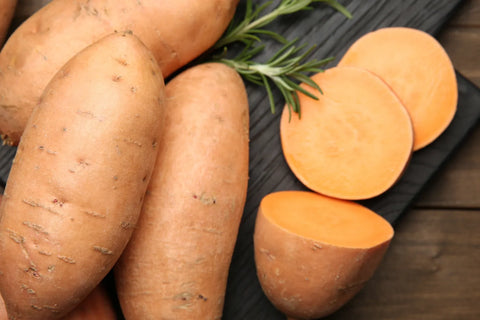
How To Cook Sweet Potatoes for Dogs
